Specifying lighting for luxury restaurants
https://hoteldesigns.net/wp-content/uploads/2023/02/The-Libertine-Studio-Found-©-Billy-Bolton-Studio-Found-2-1024x640.jpg 1024 640 Hamish Kilburn Hamish Kilburn https://secure.gravatar.com/avatar/81d2884aeeac3c45e38c47cacc508c2178bab773320ff2d6a83bdcc803d93aec?s=96&d=mm&r=gFor our next guide, the team at lighting manufacturer Northern Lights talk us through what’s on the menu when it comes to lighting design in luxury restaurants…

When it comes to bar and restaurant design, lighting plays a critical role in influencing everything from operations and food preparation, through to guest satisfaction, length of stay and overall experience. In high-end restaurants a key goal of owner-operators is to encourage their clientele to extend their stay; to order the dessert or indulge in an extra glass of wine, which ultimately increases their spend per visit.
Who better to converse with on the subject than the team at Northern Lights, who have been designing and manufacturing luxury lighting for the hospitality market – including award-winning bar and restaurants – for more than 35 years.
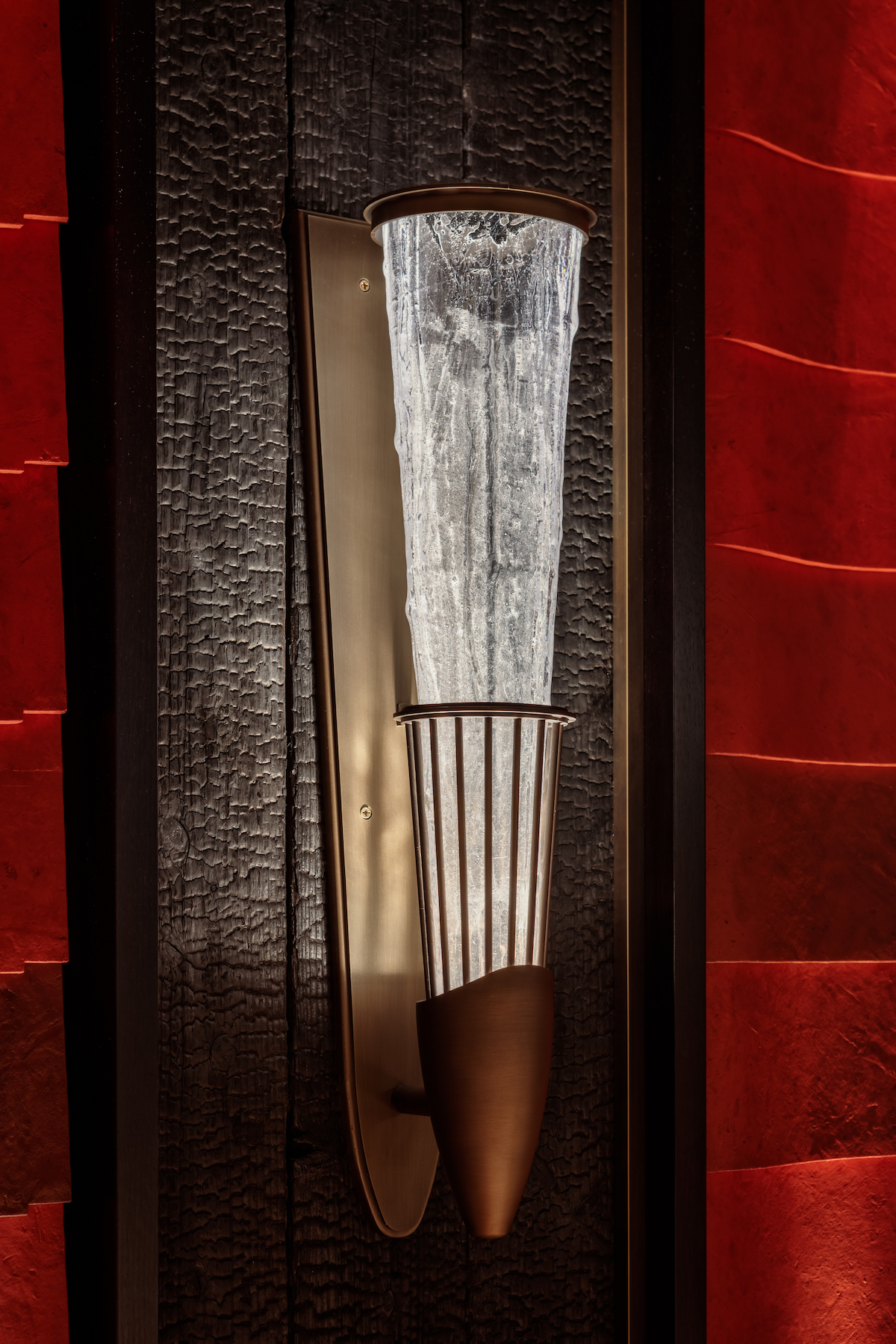
Image credit: Michael Franke
“All senses must be correctly stimulated to achieve an extraordinary dining experience,” explains Donna Gridley, Head of Creative. “In upscale establishments that use lower, warmer lighting conditions, people perceive a more intimate dining experience. They’re relaxed and comfortable, tending to eat at a slower pace, and are more content with the food and their overall visit.
Fine-dining restaurants often opt for several different lighting types to create the right balance of lighting in different areas. Layering allows for both functionality and drama. When correctly used it also highlights important design and architectural details to further add to the sensory appeal.
There are three core types of illumination for restaurants: task, ambient and accent lighting. Each has a specific purpose and the placement of these across the spaces is equally important. Task lighting provides the functionality, allowing for specific tasks like food prep or reading of specials menus to be completed with ease. Ambient lighting is the core source of light that creates the atmosphere, usually achieved with overhead & wall fixtures, and natural light sources. Finally, accent lighting is used to create drama, tell the design narrative, and create focal points to highlight design details. It’s usually more decorative in nature – from statement chandeliers, through to archway and table lighting.”
Northern Lights has an impressive restaurant lighting portfolio, with several new projects launched at the end of last year. We caught up with some of the interior designers behind these latest projects, to uncover why they agree lighting plays such a vital role.
The Libertine – Studio Found
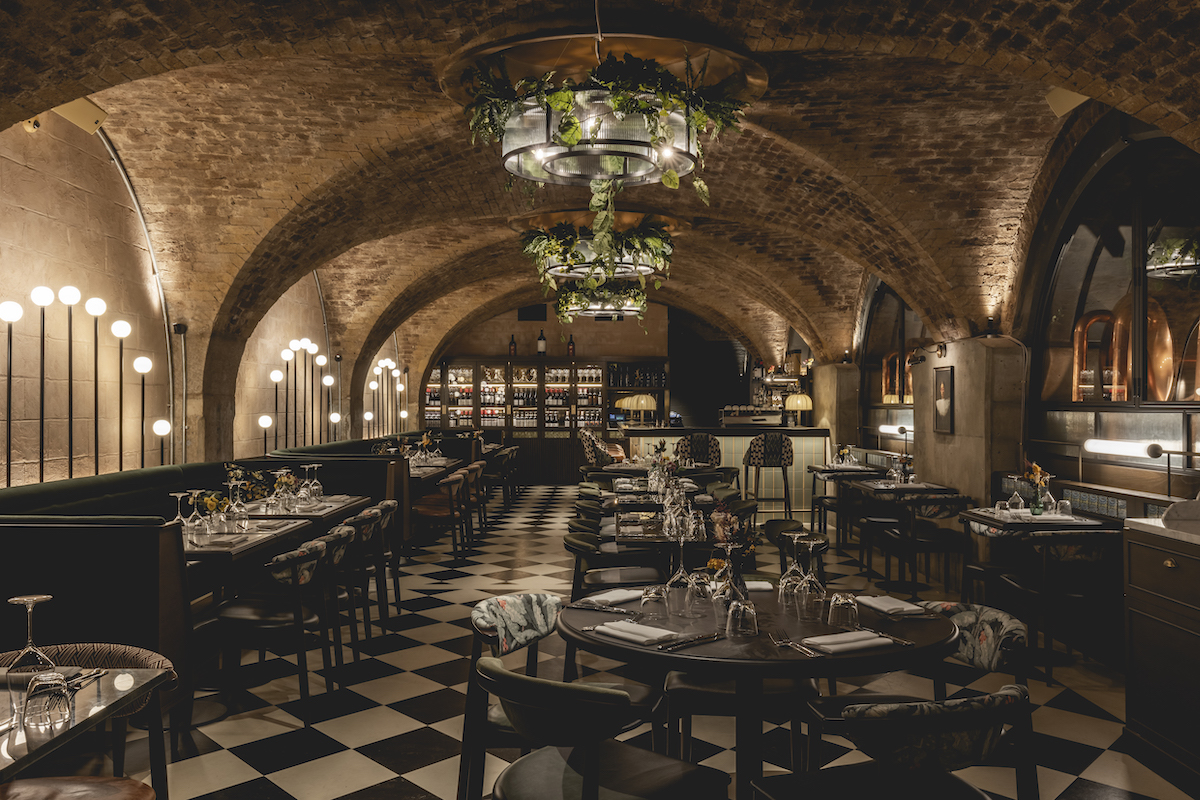
Image credit: Billy Bolton
The historic Grade-I listed underground vaults of The Royal Exchange has been transformed over the last three years into The Libertine – a 650-square-metre F&B destination in the heart of London, brought to life by design practice Studio Found. Extensive research into the history of the building and its surroundings was required to enhance and complement this incredible space and all its curiosities. Studio Found commissioned Northern Lights to bring bespoke illumination to the intriguing interior.
“You should never underestimate the impact of thoughtfully designed and quality-made lighting fixtures as part of the overall design concept of any hospitality space, Ed Plumb, Founder and Design Director, Studio Found, said. “Lighting is one way to create and enhance a desired ambiance and tone within a venue, be it a luxurious, intimate, or a more homely mood you want to create. Lighting also accentuates design details, adds texture and layering to complement the overall design.
“This is evident at the newly opened The Libertine in the City of London, where we designed a lighting concept to illuminate and enhance the magnificent, historic, Grade-I listed underground vaults of The Royal Exchange in a subtle yet considered way. We achieved this by collaborating with Northern Lights whose manufacturing expertise and attention to detail helped us to deliver exceptional, high quality lighting fixtures throughout.
“For any hospitality design project, we always recommend working from the outset with an expert lighting manufacturer who really gets your design concepts and can produce beautiful, quality lighting products to add that extra dimension to your venue.”
Cut & Craft – Studio Two
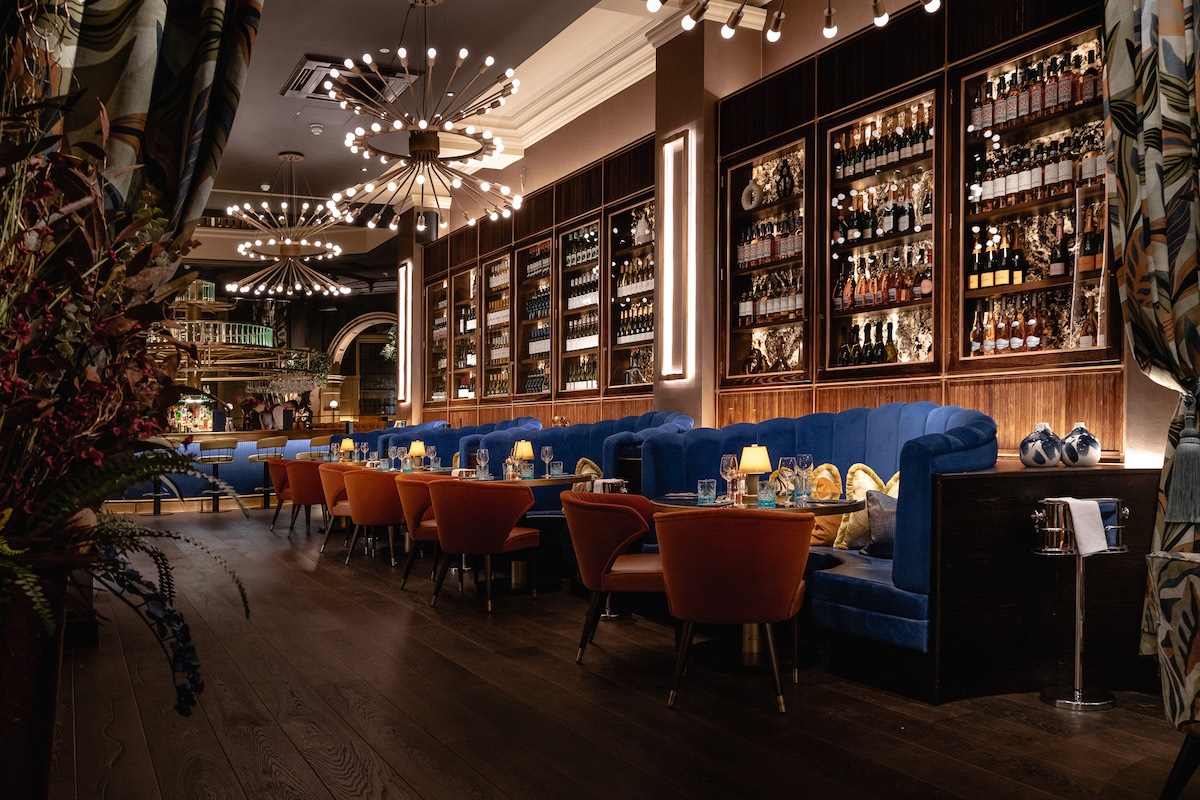
Image credit: Stevie Campbell / Studio Two
The iconic Leeds site that Cut & Craft sits on is dripping with history and opulence, taking over what once was the former Collinson’s Cafe, where Wallace Hartley had played in the orchestra shortly before boarding the Titanic as Band Master. Jewelled tones instantly welcome you to decadent dining, with a show-stopping central bar plus a unique champagne bar on the first floor, while the overall design manages to effortlessly maintain the character and history of the building.
Zoe Wheatley, Director at Studio Two, agrees that lighting is integral to the total design concept. “Without key lighting design our efforts for the overall design concept wouldn’t come to life. Carefully specified lighting not only adds layers and depth, it also helps a space transition from day to night ensuring the story of the space is being told. In luxury restaurants, the design is more than just furniture and new joinery. The building itself needs to be highlighted and often we opt for discrete lighting to celebrate architecture or key building details. The high-impact decorative fittings are our opportunity to embellish the space with quality finishes, for example we used antique brass and bronzes at The Cut & Craft Leeds.”
There are important considerations when it comes to sourcing the right lighting supplier for your project. “High-end products and quality finishes were absolutely key, as was the need for good communication and seamless delivery,” explained Wheatley. “We chose Northern Lights due to their ability to be bespoke and creative, offer innovative solutions, and also alternative suggestions on what would work best to enhance the space.”
Furna – Elemental Architecture Design
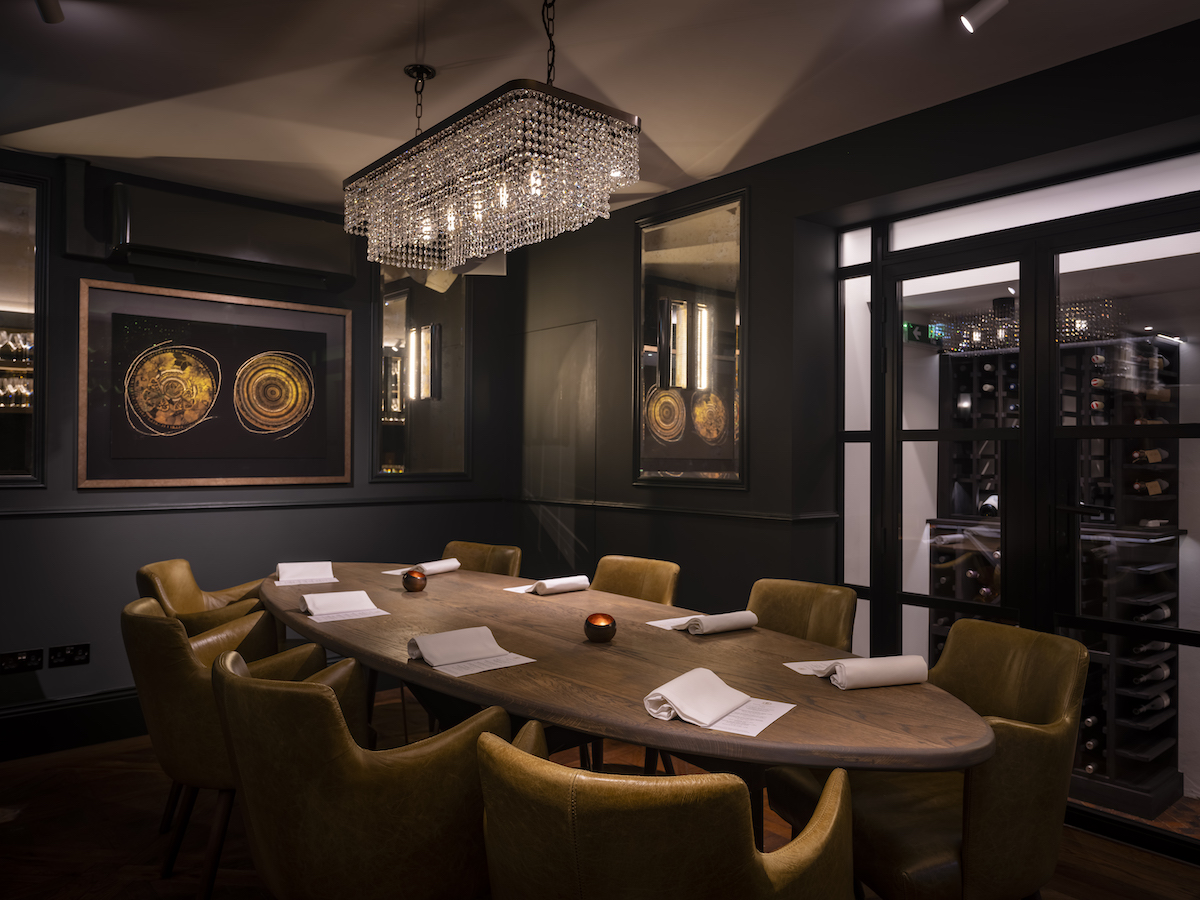
Image credit: Paul Winch Furness
Furna welcomes guests to enjoy renowned chef Dave Mothersill’s unique take on classic dining, informed by memories from his childhood, travels and extensive culinary career. Situated on Brighton’s New Road, it offers a multi-course tasting menu that celebrates high-quality, British-grown ingredients served with creativity and consideration. A warm and intimate fine dining restaurant, the design like the food is both classic and modern, with a welcoming atmosphere provided by the warm lighting.
“Lighting in restaurants is one of the most important aspects in design, it can be used to highlight materiality, change the mood, add interest and drama – it’s also vital to the functionality of a space,” commented Jeremy Diaper, Founder and Director, Elemental Architecture Design. “With feature lighting, you get the source of light adding warmth or interest, but also it can elevate the design and compliment the environment. Northern Lights came highly recommended, and we thought they would be a great fit for the Furna project. They offered us lots of options following our brief and we also had some bespoke items made to match the scheme. Working with them was a good experience, smooth design consultation through to order, the lights came when we expected and additional requests for details and specifications were answered quickly and efficiently.”
Koyn – Fabled Studio
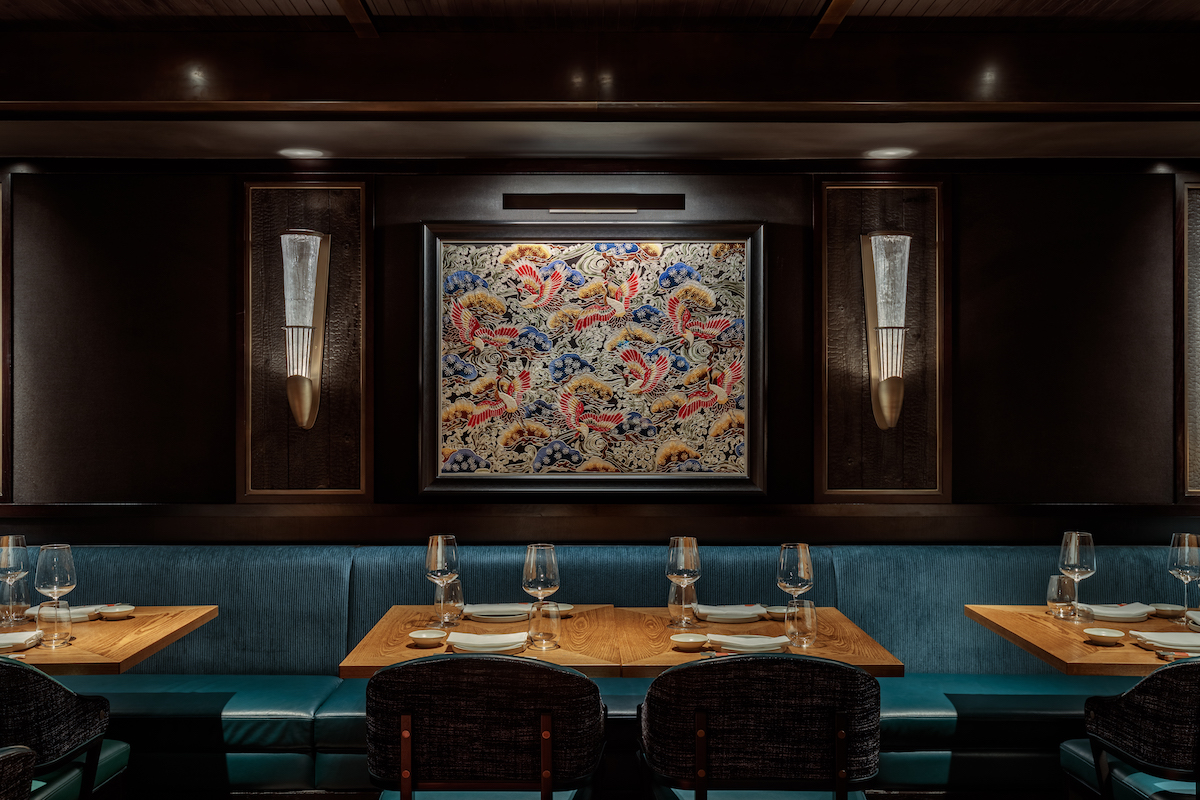
Image credit: Michael Franke
Situated amongst the elegant location of Grosvenor Street sits KOYN, a new high-end Japanese restaurant from the name behind some of Mayfair’s top restaurants, Samyukta Nair. It’s a magnet for interior lovers, with the design spearheaded by Samyukta and Fabled Studio’s Tom Strother.
The restaurant is split into two distinct areas: Midori and Magma, inspired by the dual nature of Mount Fuji in Japan, both its calm slopes and its fiery centre.
Diners enter on the ground floor at Midori, a horticultural haven channelling Japanese zen gardens – think light green leather banquette seating and iridescent oyster shell walls, with a marble sushi bar in the middle. Downstairs, meanwhile, you’ll find Magma, a subterranean space featuring black oak ceilings, focused around a charcoal-fuelled timber robata grill with burnt orange stools – a nod to the heat of the volcano.
Award-winning international interior design practice Fabled Studio wanted to ensure the unique design principles and dining experience were carefully reflected in the lighting. Northern Lights were tasked with developing bespoke lighting for both inside and outside the venue. The most iconic fixtures are the wall sconces with tapered textured glass cones. The glass-blown cones resemble icicles, held in place using laser-cut brass support bars, and beautifully expand on the design narrative whilst adding soft illumination.
Northern Lights is one of our Recommended Suppliers and regularly features in our Supplier News section of the website. If you are interested in becoming one of our Recommended Suppliers, please email Katy Phillips.
Main image credit: Billy Bolton


